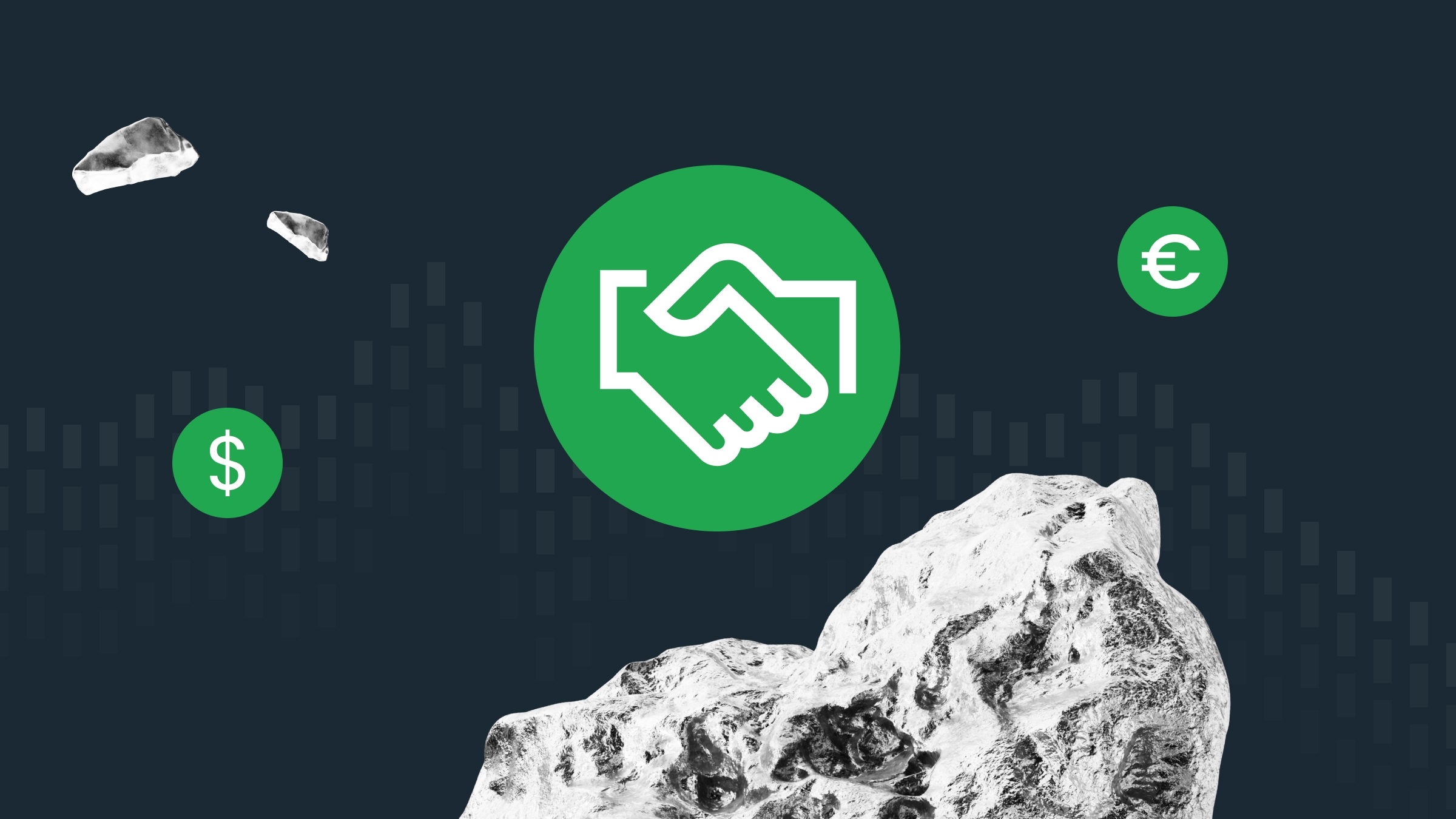How much do Introducing Brokers make?
The main question beginner IBs ask is: can I make a full-time income as an IB? The answer is yes, but your earnings depend on several factors, such as the broker’s commission structure, the number of active clients, and their trading volume, so it requires careful planning.
Income opportunities tend to be discussed in terms of averages. But this can be misleading, as an IB can earn anywhere from $50 000 to $150 000 per year, and that’s a wide range.
For example, a beginner and a growing IB both take 10% commission, but the former refers 20 clients who trade 5 lots per month each, and the latter refers 80 clients who trade 8 lots per month each. Based just on this, their respective incomes will then be $1000 and $6400 per month — and these are not even all the factors that determine their possible profit.
Let’s take a closer look at more of them.
Key factors that determine your commission
1. Broker’s commission structure
Choosing the right broker is crucial: opt for a transparent commission structure. Some brokers offer flat rebates per lot (e.g. $10 per lot on Forex pairs), while others pay a percentage of spreads or trading fees. A few provide hybrid or tiered models, where your rate increases as your clients trade more frequently (see below).
2. Trading volume of your clients
The more your clients trade, the more you earn. By the way, a smaller number of high-volume traders can generate more revenue than dozens of casual traders.
3. Client retention and loyalty
Any IB wants active clients who continue trading month after month. Short-term clients may give you an income spike, but with long-term traders you can make sure that you have stable and recurring profit. This is where strong customer support, education, and value-added services kick into action.
4. Types of markets traded
Every market is a world of its own, so the type of market traded is important too. Not all assets pay the same commission, for instance, Forex, indices, commodities, and crypto may have different rebate structures. Some brokers also offer higher incentives for promoting new products or less commonly traded instruments.
As you gain experience, you can specialize in a niche market with higher payouts and increase your commission.
5. Geographic location of clients
In some regions, trading volume and client activity levels are higher than in others: traders in Asia and the Middle East often work more with Forex and commodities, while European clients may prefer indices or equities. Choose your target audience, understand its preferences and attract more active traders.
6. Sub-IB networks
Delegation is often the right answer when you want to scale faster and spend less time and effort. This works in trading too: many successful IBs grow their income by recruiting sub-IBs, smaller partners who bring in their own clients and you then earn a percentage of their commissions.
7. Broker bonuses
When choosing the broker, look up the additional perks they might offer:
cash bonuses for hitting referral targets
higher rebates once you pass certain thresholds
marketing support, such as advertising budgets
Tips to maximize your IB earnings
Just signing up clients is not enough to become a successful IB. Treat being an IB as a professional business and it will pay for itself. Here are a few tips that will help you on your way.
1. Choose the right broker
Look for:
transparent commission structures
competitive spreads and trading conditions
strong client support and education
solid technology (CRM tools, reporting dashboards)
If you don’t want to spend time looking, just join FBS — a reliable, regulated broker, and build your wealth.
